- Home
- Enterprise
- Mobile
- Who's running Microsoft these days? Satya Nadella's brain trust
Who's running Microsoft these days? Satya Nadella's brain trust
Scott Guthrie, Executive VP of Cloud and Enterprise

Qi Lu, Executive VP of Applications and Services
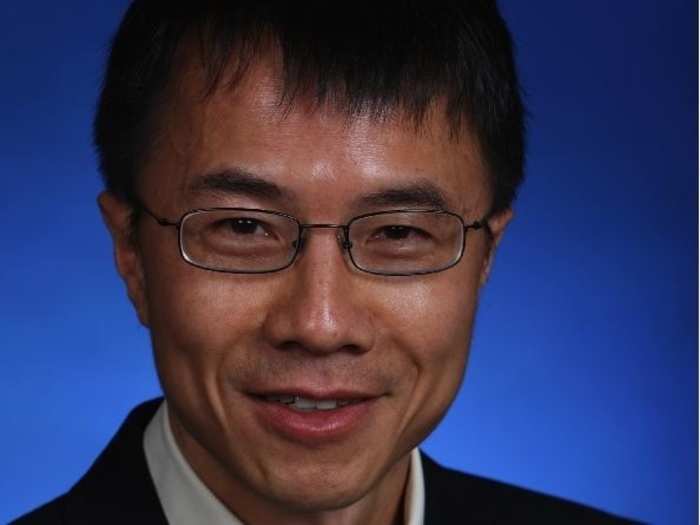
Qi Lu joined Microsoft in 2008 from Yahoo and rose to lead its consumer online services, Bing and MSN. Those products lost a lot of money over the years and always seemed like a bit of an expensive hobby, and as a result Lu never seemed that important from the outside.
That couldn't be further from the truth today. Lu now leads Office 365, the most successful part of Microsoft's cloud business as well as the good old Office suite, which for years has been Microsoft's second-biggest product after Windows. He also continues to oversee Bing, which may not have toppled Google from the top rung in search, but is doing interesting research into artificial intelligence and coming up with things like the Cortana virtual assistant.
Plus, one source told us Lu regularly consults with another very important person at Microsoft...
Bill Gates, Founder and Technology Advisor
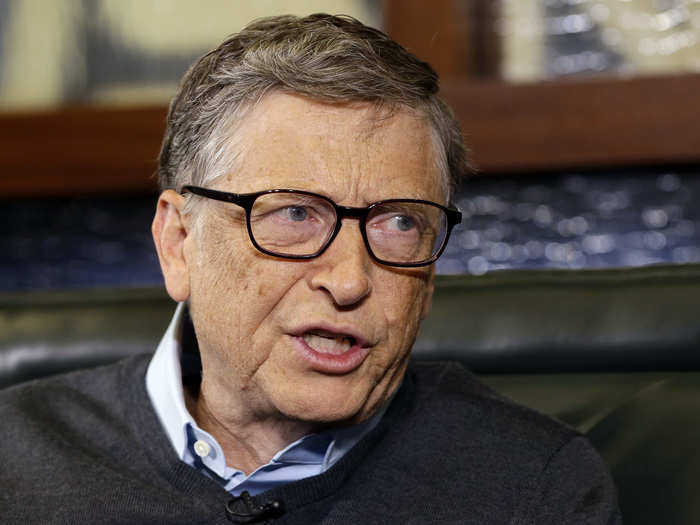
Gates returned to an active advisory role at Microsoft when Nadella took over, and while he's not involved in daily product and business decisions like he was as CEO or Chief Software Architect, we've heard this isn't just a figurehead position either.
In particular, Gates is an active participant in a debate at the company about the role of Windows. In the old days, the Windows team almost always got what it wanted, and if another division wanted to create competing technology, Windows often made it back down. Nowadays, there's a camp within Microsoft arguing that Windows should be forced to earn its place like every other product group at Microsoft.
If we had to guess, we'd say Gates is on the "Windows-first" side, but perhaps he's playing devil's advocate. Either way, he's spending more time at Microsoft than he has in years.
Terry Myerson, Executive VP of Operating Systems

The executive in charge of steering Windows into this new world, Myerson is a longtime Microsoftie who helped turn Exchange into the leading commercial email server, then went over to try and rescue Microsoft's mobile business as the iPhone and Android started to crush the old Windows Mobile platform.
He led the team that came up with Windows Phone, and while that product has struggled in the market, he managed to escape the fallout from the Windows 8 debacle — nearly all the major Windows execs who worked on that product are gone, while Myerson is now running all flavors of Windows.
Joe Belfiore, VP of Windows
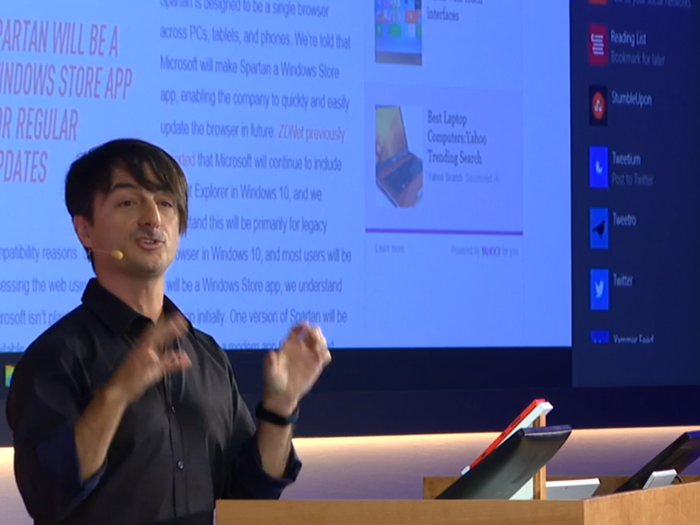
Myerson's top lieutenant, Belfiore was on the Windows Media Center team that came up with basic design concepts, like horizontal sliding menus, that would eventually find their way into Windows Phone and, later, Windows 8. He's still in charge of design for Windows across all platforms.
Amy Hood, Chief Financial Officer
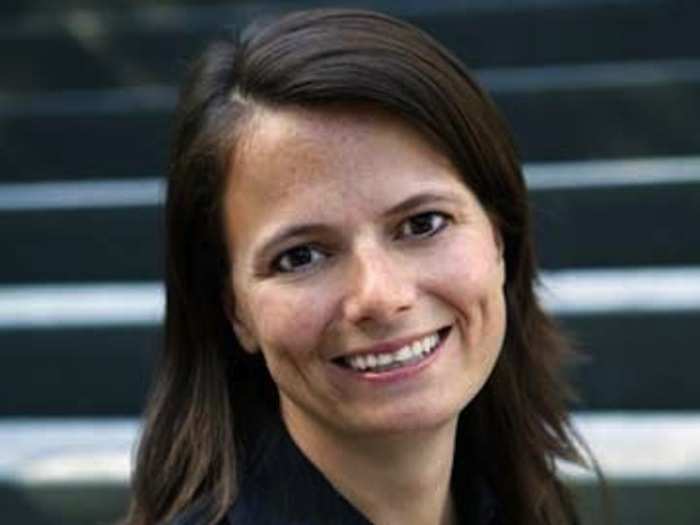
Microsoft seems to change CFOs every few years as a matter of course, and Hood took over as part of Steve Ballmer's last major reorganization in spring 2013. She faces the hard task of explaining how Microsoft will balance the historically high margins it got from selling software versus the need to meet customer demand by providing lower-margin cloud services.
Jeff Teper, Vice President of Corporate Development and Strategy
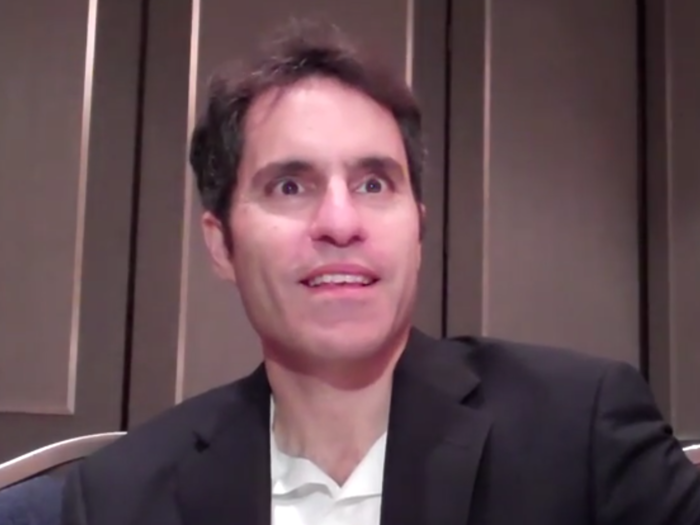
Teper hasn't spent much time in the spotlight like most of the other people on this list.
For years, he was an executive in the Office group, where he helped invent SharePoint (a collaboration product that is now a multi-billion dollar business) and helped oversee the move to the cloud Office 365.
But last summer, Nadella appointed him to lead mergers and acquisitions under Amy Hood, and he's already made some very interesting moves, buying iOS apps like Acompli (email) and Sunrise (calendaring). One person at the company recently told us that Nadella has made the acquisitions team feel a lot freer to do what they know they need to do — even if that extends to buying products that don't necessarily support Windows.
Bonus fact: Teper was the person who originally hired Satya Nadella away from Sun Microsystems in 1992, according to Bloomberg.
Rajesh Jha, VP Office and Servers
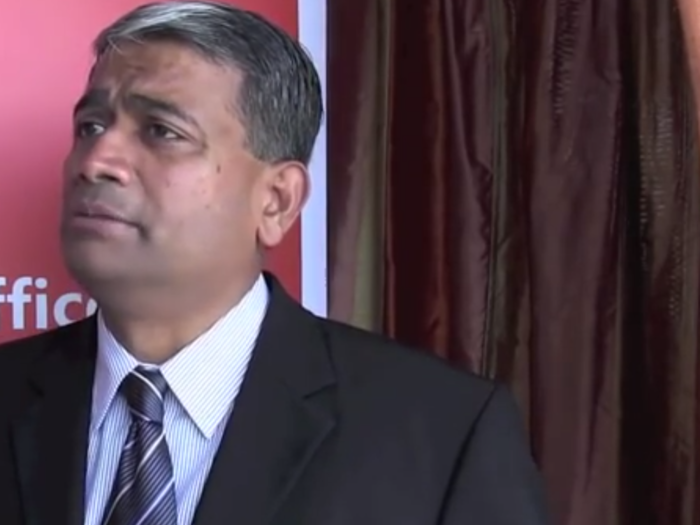
Jha was responsible for Office 365, Microsoft's most successful cloud product, but got promoted to fill Jeff Teper's role running all of the company's business servers and services last summer.
Jason Zander, VP of Azure
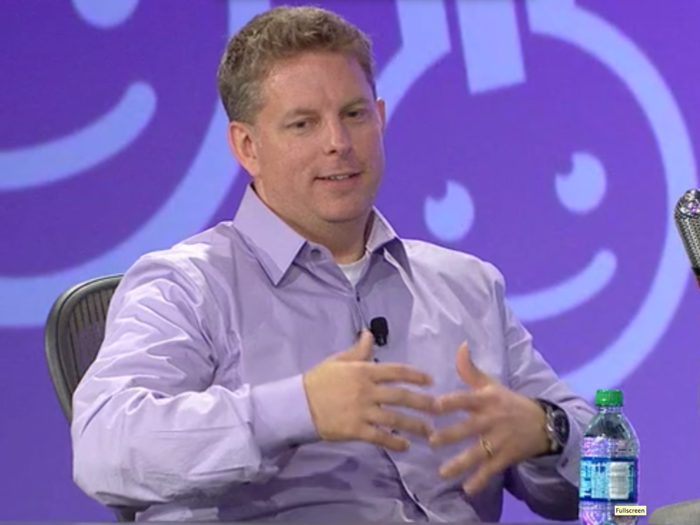
Zander moved over to lead Windows Azure development in 2012, and now he essentially runs the cloud business that Microsoft is hoping will drive its growth. Like Guthrie, Zander came out of Microsoft's developer division, and he's part of the new guard that seems more open to embracing non-Microsoft platforms.
Chris Capossela, Chief Marketing Officer
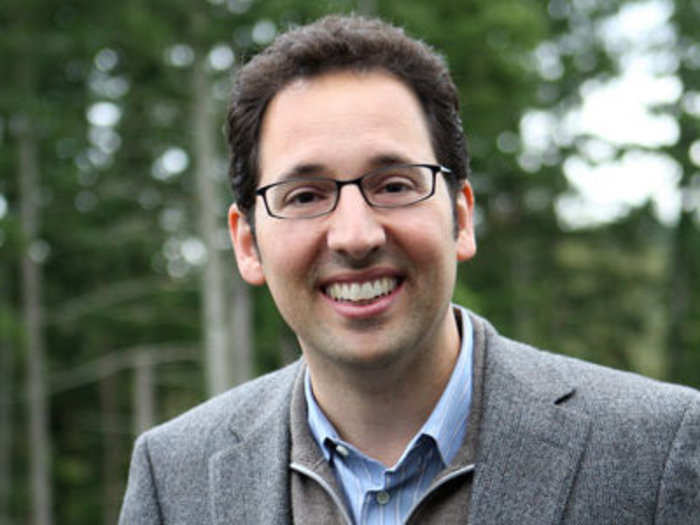
One of the first things Nadella did when he took over was centralize all product marketing under Capossela, who had been working as Bill Gates' speech writer. Capossela had the same title from 2011 through 2013, but at that time most of the marketing muscle was handled by the product groups, and the central marketing organization provided shared services. Now it's all in one place, and Capossela runs it.
Brad Smith, Chief Counsel

Smith was appointed Chief Counsel in 2003 and is one of the few officers of the company who made it all the way through Ballmer's tenure and into Nadella's. Although Microsoft has settled all its big antitrust cases from the last decade, Smith still has a pretty important role at the company, advocating for things like patent law reform and reining in the NSA.
Kevin Turner, Chief Operating Officer

Turner was one of Ballmer's top men, and while his star may have dimmed under Nadella, he's still one of the most important people at the company: He oversees Microsoft's sales force and its massive network of partnerships. He's also known for bringing a lot of financial discipline to the company as margins tightened in recent years.
Now, check out what a former Microsoft leader is doing...

Popular Right Now
Popular Keywords
Advertisement